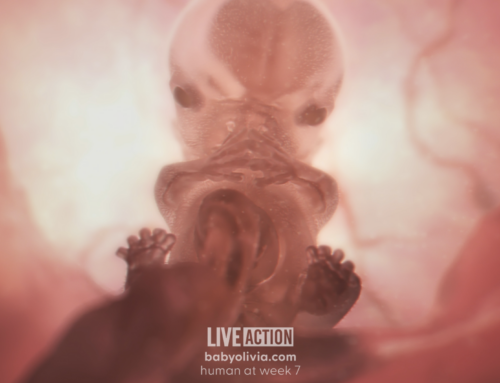The jig may well be up for a “temporary” court injunction that has been unjustly squelching pro-life demonstrations and counselling outside some Toronto abortion sites for almost 15 years.
 On Jan. 12, longtime pro-life demonstrator Linda Gibbons walked out of a downtown Toronto courtroom a free woman for the second consecutive time after beating the rap for allegedly violating terms of the injunction, which was enacted in 1994 at the behest of the provincial NDP regime of the time and especially, its radically feminist attorney-general, Marion Boyd (who later went on to mishandle the prosecution of Karla Homolka and propose the use of Sharia law in Ontario, among other distinctions).
On Jan. 12, longtime pro-life demonstrator Linda Gibbons walked out of a downtown Toronto courtroom a free woman for the second consecutive time after beating the rap for allegedly violating terms of the injunction, which was enacted in 1994 at the behest of the provincial NDP regime of the time and especially, its radically feminist attorney-general, Marion Boyd (who later went on to mishandle the prosecution of Karla Homolka and propose the use of Sharia law in Ontario, among other distinctions).
Gibbons was arrested outside the Scott “Clinic” abortion site in downtown Toronto last Oct. 9 and had been held in jail up to her trial date.
In quashing a charge of disobeying a court order, Mr. Justice John C. Moore accepted the day-long arguments of defence lawyer Daniel Santoro that Gibbons was inappropriately hauled before a criminal court for what was actually a civil matter, because the 1994 injunction had been decreed in what was known at the time as the General Division of the Court of Ontario.
“It’s pretty simple,” Moore concluded. “Why use criminal modes to deal with civil matters? … There are rules for civil matters and there are rules for criminal matters. They are separate and apart … We can’t drive into criminal court everyone who disobeys a court order.”
Last Sept. 30, Gibbons similarly walked out of a courtroom after Mr. Justice S. Ford Clements acquitted her on a charge of obstructing a peace officer. Crown attorneys have regularly charged her with that offence over the course of Gibbons’s 15-year history of challenging the injunction, even though her actions have consisted of passive conduct such as pacing back and forth with a sign, counselling abortion-minded women and/or praying.
With the province’s seeming inability to further charge her with obstructing a peace officer or disobeying a court order, the question arises as to what avenue, if any, it may pursue should Gibbons violate terms of the injunction in the future.
With the injunction being a civil matter, an action in Superior Court would seem to be the obvious option. However, such a move might prompt a challenge from the pro-life movement as to the legality or constitutionality of the temporary (or “interlocutory,” as it is officially called) injunction, whose continuing enforcement after such a length of time surprised even Moore.
The judge asked whether the injunction has ever been appealed (it hasn’t, although Santoro suggested temporary orders can’t be appealed) and observed it should have been argued on its merits at some date soon after 1994. That never happened, which may be an unprecedented occurrence in local legal annals. But then, as pro-life observers wryly note, normal rules and practices don’t seem to apply when the issue of abortion is concerned.
For her part, Gibbons had a few words after accepting hugs from supporters who had come to witness the trial: “The courts need to establish their credibility by acknowledging the rights of every human being, born or unborn.”
As this issue of The Interim went to press, Gibbons had just been rearrested outside the Scott “Clinic” site and charged with obstructing a peace officer and mischief to property. One onlooker said she was simply pacing back and forth in front of the abortion site and could in no way be conducting mischief to property.
Her first court appearance on the charges was scheduled for the morning of Jan. 21.




